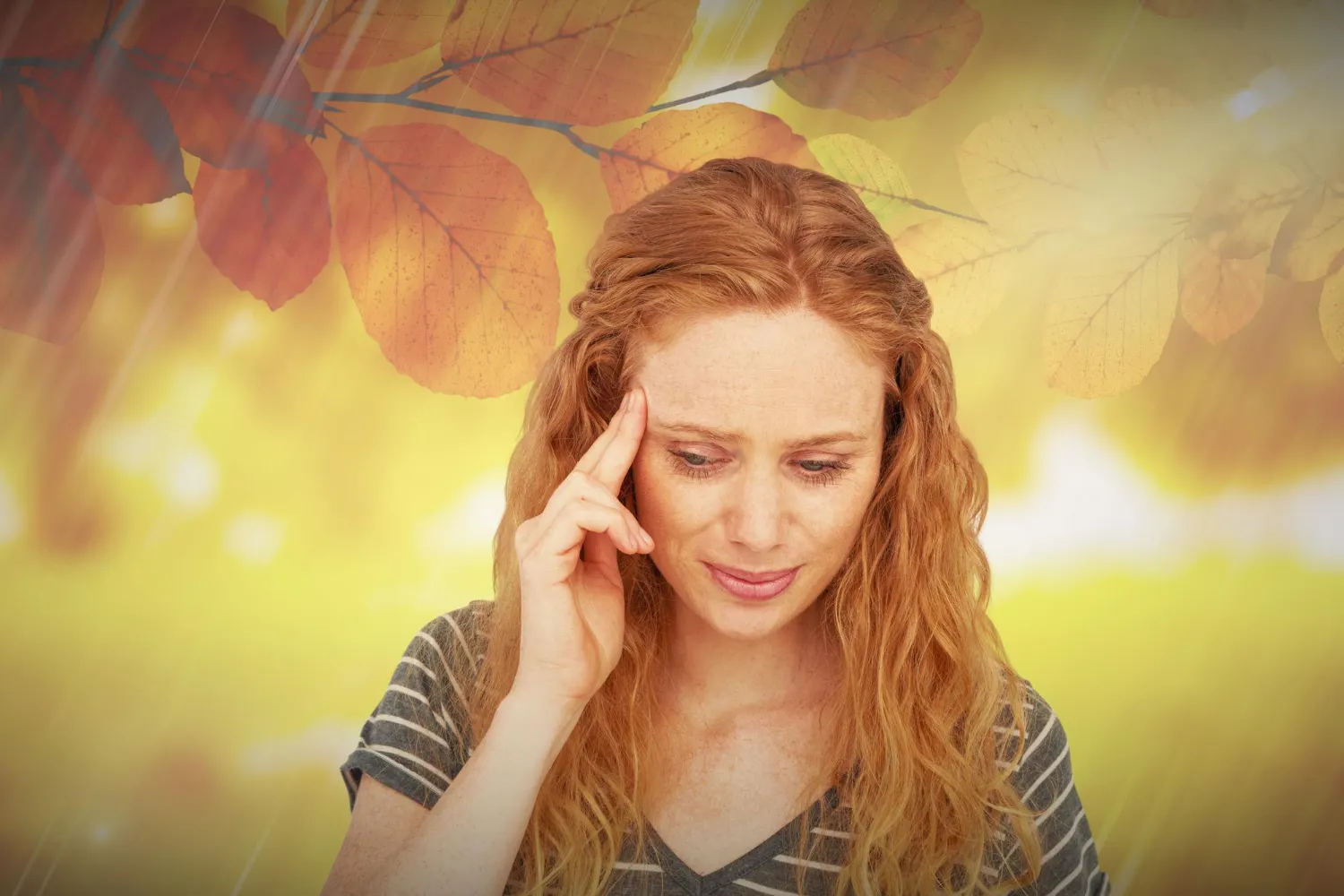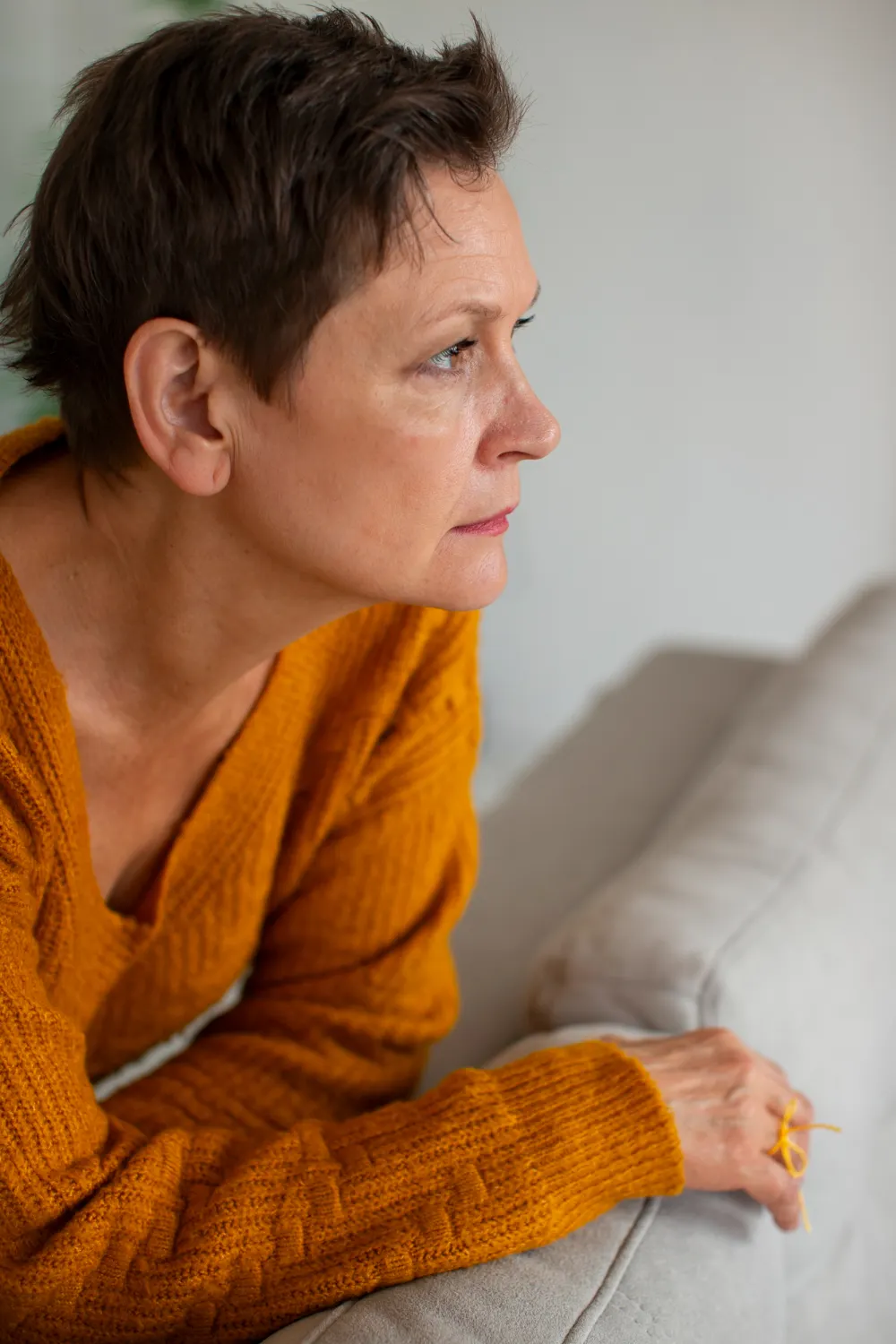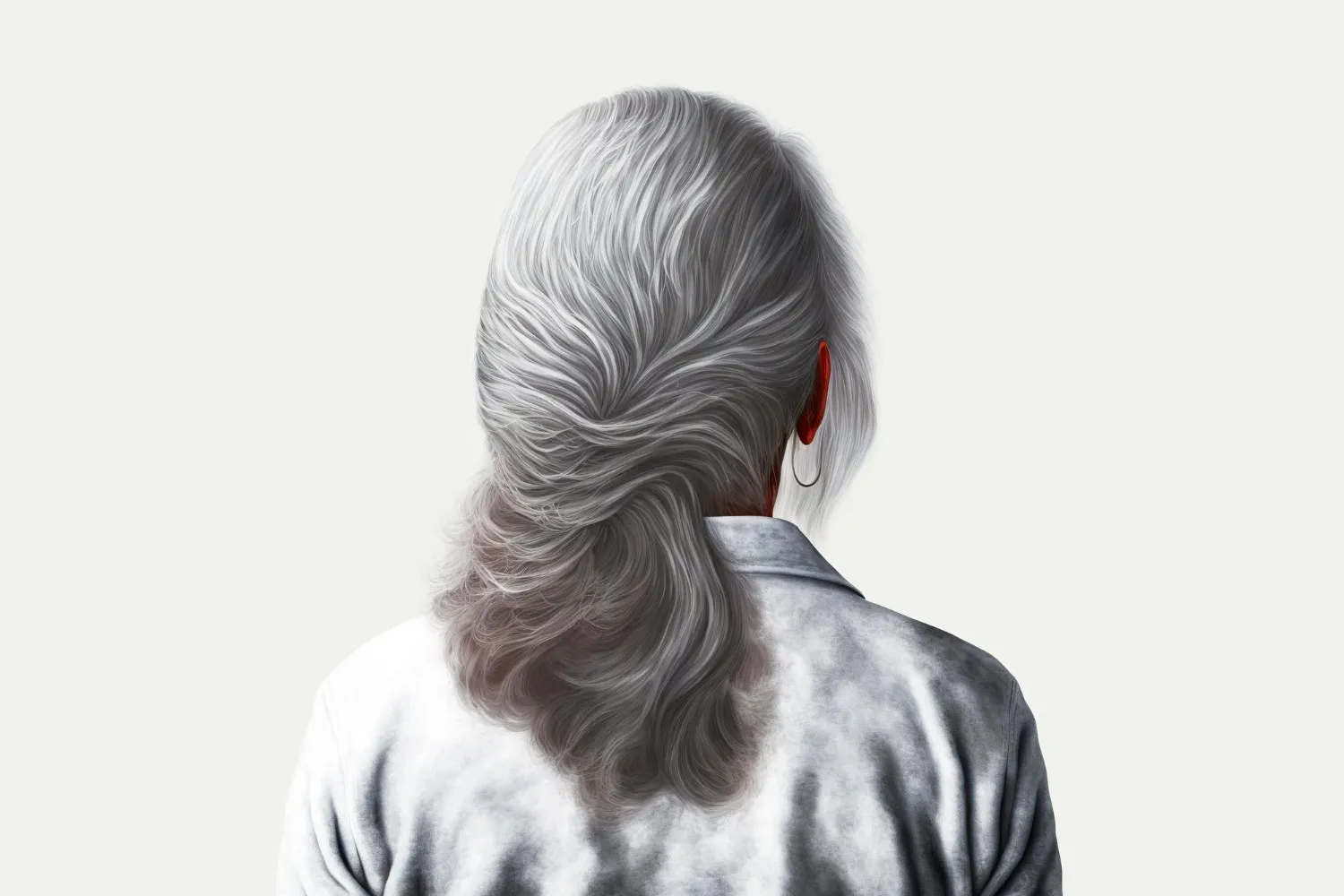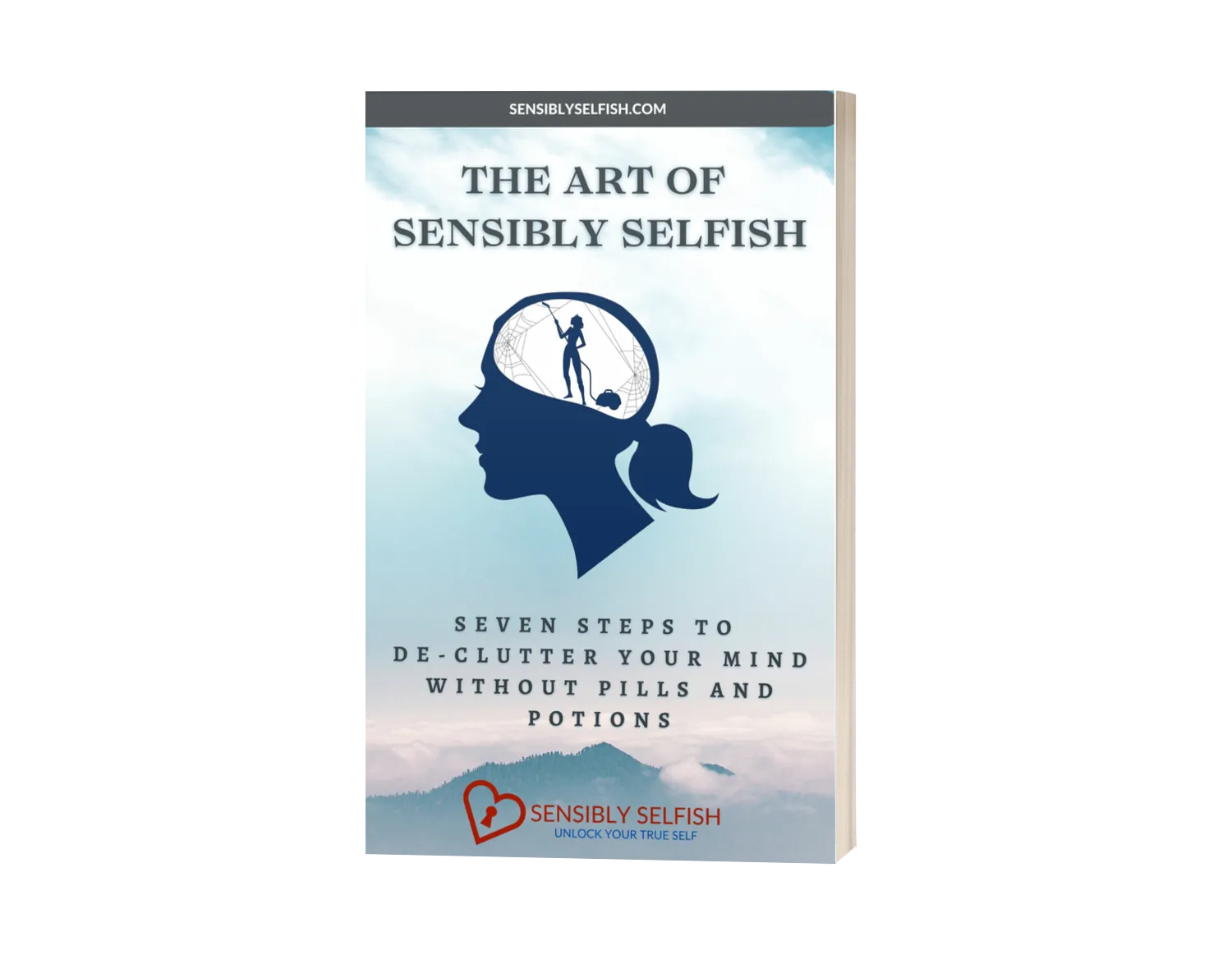Shining a Light on S.A.D
Seasonal Affective Disorder and Beating the Blues

[Toc]
I have a good friend who every winter becomes SAD and it took me a while to understand that her sadness is actually a common issue for many women during winter months. It’s thought the winter blues, or seasonal affective disorder (SAD), affects around 2 million people in the UK and more than 12 million people across northern Europe. When we have information we can create new habits and actions. Take a read below and see if SAD is the reason for your winter blues, and if so, what you can do about it.
What is SAD?
Seasonal Affective Disorder (SAD) is a type of depressive disorder that occurs at a specific time of the year, typically during the fall and winter months when daylight hours are shorter. It is characterized by recurrent episodes of depression, particularly during the winter season, and a relative absence of symptoms during the spring and summer.
The exact cause of SAD is not fully understood, but it is believed to be linked to changes in exposure to natural light, which can disrupt the body's internal clock (circadian rhythm) and affect the production of certain neurotransmitters, such as serotonin and melatonin, in the brain.

Common symptoms of SAD
Below are some of the common symptoms, of which some or all may be prevalent.
- Persistent feelings of sadness, hopelessness, or low mood
- Loss of interest or pleasure in activities once enjoyed
- Changes in appetite, especially a tendency to overeat and crave carbohydrates
- Difficulty concentrating or making decisions
- Fatigue or low energy levels
- Increased need for sleep, along with difficulty waking up in the morning
- Social withdrawal or feelings of isolation
- Irritability or increased sensitivity to rejection
- Physical symptoms like headaches or body aches
It's important to note that while SAD is most commonly associated with the fall and winter months, some individuals may experience a less common form of the disorder known as "summer-onset SAD," which manifests during the warmer months.
Midlife and SAD
Women over the age of 45 may be particularly susceptible to Seasonal Affective Disorder (SAD) due to a combination of hormonal, lifestyle, and biological factors that are common during this stage of life.
Hormonal Changes: Women in their 40s and 50s often experience perimenopause, the transitional phase leading up to menopause. This period is characterized by fluctuating hormone levels, particularly estrogen and progesterone. These hormonal changes can have a significant impact on mood and emotional well-being, potentially making women more vulnerable to mood disorders like SAD.
Lifestyle Shifts: Many women in this age group may be experiencing the "empty nest" phase, where their children have left home. This major life transition can lead to feelings of loss, loneliness, and a shift in daily routines, potentially exacerbating symptoms of SAD.
Women over 45 may be experiencing shifts in their careers, such as retirement or a reduction in working hours. These changes can lead to altered routines and a potential decrease in exposure to natural light, which is a key factor in managing SAD.

Biological Factors: As individuals age, they may be more prone to certain health conditions that can exacerbate symptoms of SAD. For example, conditions like arthritis or chronic pain may limit physical activity, potentially impacting mood.
Older adults, in general, may be at a higher risk of vitamin D deficiency, which is associated with mood disorders. Reduced sun exposure and changes in the body's ability to produce vitamin D can contribute to this deficiency.
Psychosocial Factors: Women over 45 may be at a stage in life where they are reflecting on their accomplishments, goals, and personal fulfillment. This period of introspection can sometimes coincide with the onset or exacerbation of mood disorders.
Social Support: Social dynamics and support networks may change as individuals age. Maintaining strong social connections and a reliable support system is important for mental well-being, and disruptions in these networks can potentially contribute to susceptibility to SAD.
It's important to note that while these factors may increase susceptibility, they do not guarantee the development of SAD. Each person's experience is unique, and other individual factors, such as genetics and personal history, also play a role. Additionally, it's essential to remember that with the right support and self-care strategies, individuals can effectively manage and mitigate the impact of SAD, regardless of age.

Practical Tips for SAD
Natural light is key to combatting SAD and when light is in small supply during the winter it is important to make the most of the little available. In order to maximize your daylight exposure, open curtains and blinds during the day to allow as much natural light into your living spaces as possible.
Take advantage of sunny days by spending time outdoors, whether it's going for a walk, doing outdoor activities, or simply sitting in a sunny spot. Consider Light Therapy Lamps, which mimic natural sunlight, and can be an effective treatment for SAD. Use them in the morning for about 30 minutes to help regulate your circadian rhythm.
Embracing the concept of Hygge in order to create a cozy and comforting environment. Use warm colors, soft textures, and comfortable furnishings to create a cozy atmosphere in your home. Add warm lighting such as lamps and candles to create a soothing ambiance. Add blankets, throw pillows, and soft rugs to create a sense of comfort and security.
Engage in physical activities that you find enjoyable, whether it's yoga, dancing, swimming, or taking nature walks. Exercise will boost your mood and energy if you set achievable exercise intentions that align with your current fitness level and schedule. Regular, moderate exercise can have a significant impact on mood and energy levels. Aim for consistency in your routine.
Focus on a balanced diet rich in fruits, vegetables, whole grains, lean proteins, and healthy fats to provide essential nutrients for overall well-being. Consult with a healthcare professional about the potential benefits of vitamin D supplements, especially if you have limited sun exposure.
Include sources of Omega-3 fatty acids, such as fatty fish (like salmon), flaxseeds, and walnuts, which can support mental health.
Remember that these tips are meant to be adaptable to individual preferences and circumstances. It's important to listen to your body and find what works best for you. Additionally, it's always a good idea to consult with a healthcare professional before making significant changes to your exercise routine or starting any new supplements.
[CTA]
Further Thoughts
If you or someone you know is experiencing symptoms of SAD, seeking support from a healthcare professional is crucial. Treatment options may include light therapy, psychotherapy, medication, and lifestyle changes to help manage and alleviate the symptoms of SAD.
[contact]
Throughout this website, you can find other posts that can offer guidance that may aid with SAD. Check out further posts on:









